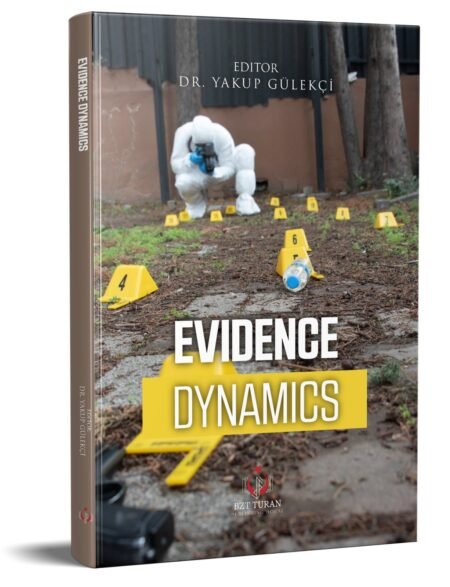PREFACE
The purpose of this book is to present comprehensive and innovative approaches to solving complex problems in the fields of engineering and applied mathematics. It focuses primarily on the two-dimensional heat equation and explores in detail how this equation can be solved across various geometric domains, including square, rectangular, elliptical, and triangular regions. The solution methods for these domains are developed using Green’s functions and elliptic functions, with these novel approaches being compared to classical methods. The book also provides a comparison of the results obtained using these methods with those derived from traditional discretization techniques, Discrete Fourier Transforms, the Separation of Variables Method, and the Finite Element Method. The findings demonstrate that these new approaches offer more accurate and reliable results. Furthermore, the book emphasizes how these methods can be practically applied to complex geometries commonly encountered in disciplines such as engineering and physics, making it a valuable resource for researchers at all levels.
In addition to theoretical aspects, the book includes experimental studies on the geomechanical behavior of alabastrine-type gypsum. This section presents a detailed analysis of uniaxial and triaxial tests conducted on gypsum samples sourced from the Sivas region, with a particular focus on the long-term stability of these materials. The deformation properties and creep behavior of alabastrine-type gypsum over time are examined, yielding significant insights for underground storage systems. The book provides new understanding of the behavior of gypsum in underground structures, such as natural gas storage, and offers a comprehensive overview of how these materials change over time. The data presented in this section serves as an essential resource for researchers in the fields of underground engineering and geotechnics.
Other sections of the book explore modern technologies used in agriculture and engineering, and their diverse applications. A particular focus is given to the analysis of agricultural machinery and automation systems, which offer a glimpse into the future of modern agriculture. The evolution of agricultural machinery, in combination with artificial intelligence and IoT-based technologies, is shown to enhance sustainability and efficiency in agricultural practices. This section discusses how robots, sensors, and data-driven management systems are shaping the future of agriculture. Additionally, the alignment of these technologies with the United Nations’ Sustainable Development Goals highlights the global transformation of agricultural practices.
The book also delves into the use of composite materials in the maritime and energy industries. It provides an in-depth examination of how the mechanical properties of composite materials are affected by marine environments, and the impact these changes have on material performance. Furthermore, the book addresses the behavior of connection systems used in natural gas and oil extraction, particularly under varying loads and depths. Solutions are provided using ANSYS software, and key design parameters are identified. These technical analyses offer practical solutions for engineers working in marine engineering and energy system design.
Another important topic covered in this book is the role of plastics in modern life. As the significance of plastics continues to grow, the environmental and health impacts of these materials are becoming increasingly critical. The book evaluates plastic materials produced using high-quality raw materials and modern technologies, with a focus on optimizing production processes and minimizing environmental impacts.
This book brings together modern solutions and innovative approaches across a wide range of scientific topics, making it an indispensable reference for researchers in the fields of engineering and applied mathematics. It offers in-depth information on complex problem-solving techniques and technical analyses, while also highlighting practical applications.
Prof. Dr. Nurcan BAYKUŞ SAVAŞANERİL
Editor
Interdisciplinary Advances in Engineering, Agriculture, and Applied Sciences, 2024






Değerlendirmeler
Henüz değerlendirme yapılmadı.